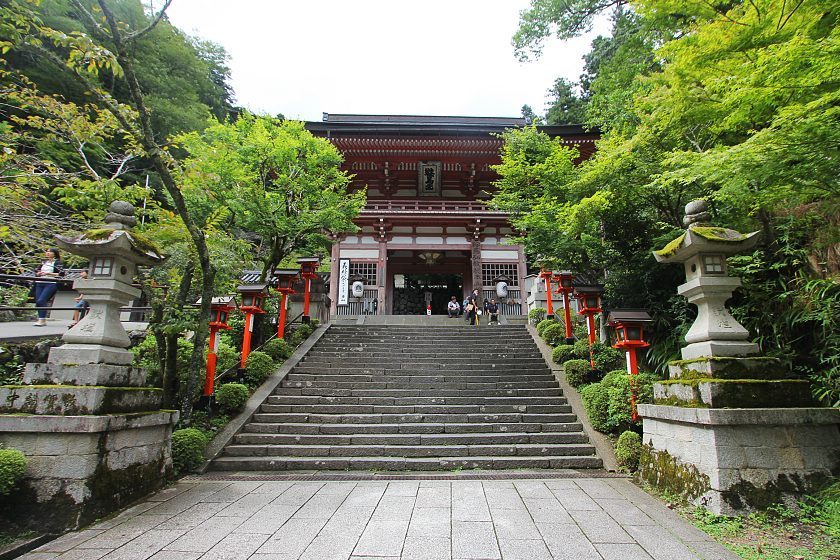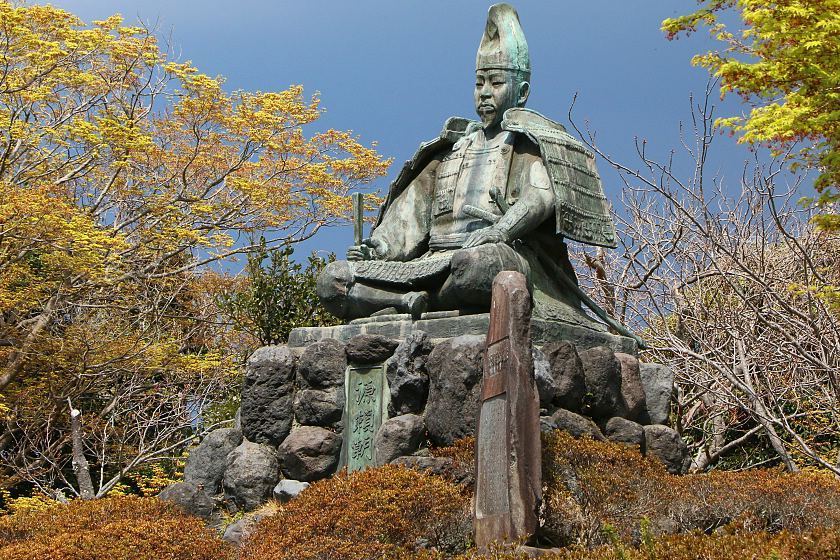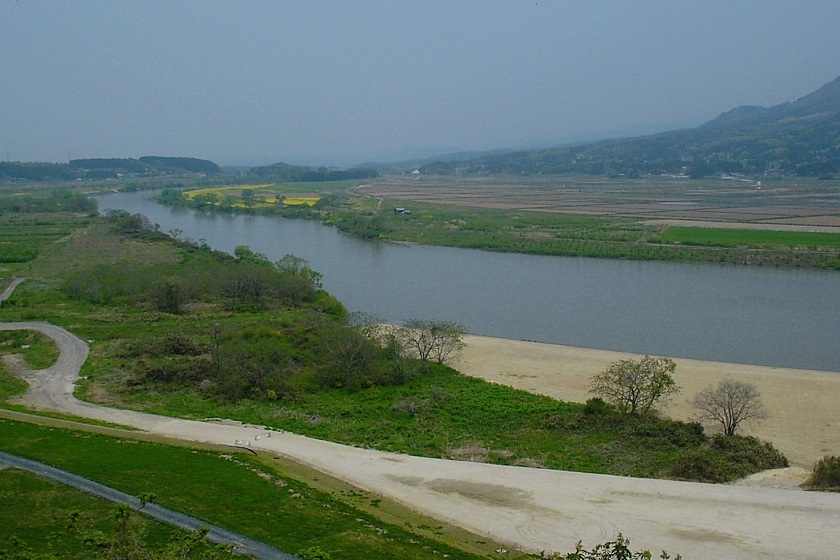Episodes from Japanese history - the life of Minamoto Yoshitsune

Immortalised in countless depictions from kabuki and woodblock prints to anime and videogames, the twelfth century samurai Minamoto no Yoshitsune remains one of the most celebrated and enduring figures in Japanese culture. In a short but spectacular life, Yoshitsune displayed many of the quintessential elements of a true Japanese folk hero, from a dashing appearance and skill on the battlefield to a heroic death - so much so that the phrase "hangan biiki" (sympathy for a tragic hero) is derived from an honorary title he received from the Imperial court.
Along with their rivals the Taira, the Minamoto were one of two great samurai houses descended from Fujiwara nobility, each connecting the Imperial court to a network of lesser households in a complex web of feudal obligation. In the years leading up to Yoshitsune's birth, his father Yoshitomo had joined with Kiyomori, the leader of the Taira, against members of his own family in an escalating dispute over the Imperial succession called the Hogen Rebellion. Despite being on the winning side and deposing his own father in the course of the conflict, Yoshitomo found himself outmanoeuvred by Kiyomori in the peace that followed, creating a bitter rivalry between the two. Just three years later, Yoshitomo attempted to seize power by kidnapping the retired emperor Go Shirakawa, only to be betrayed and killed shortly afterwards. The Minamoto family were brutally suppressed, with only three of Yoshitomo's sons - Yoritomo, Noriyori and the youngest, Yoshitsune - surviving to face a life of exile.

At the age of ten, Yoshitsune was sent to live with the monks of Kurama Temple, in the mountains to the north of Kyoto, where he led a very spartan existence and spent long hours studying and copying Buddhist sutras. In later accounts of his life, storytellers would often claim that he received instruction in swordsmanship at this time from the tengu king Sojobo said to live on the mountain. In any case, Yoshitsune found himself ill-suited to the religious life and at the age of 15 slipped away in the company of a gold merchant acquainted with his father, eventually finding himself at Hiraizumi, in present-day Iwate Prefecture, where he found shelter with Hidehira, ruler of the powerful and largely autonomous Northern Fujiwara clan.
In 1180, tensions between the Taira and now leaderless Minamoto boiled over once more, this time over Kiyomori's attempt to install his own infant grandson Antoku as emperor. Hearing that his brother Yoritomo had assumed leadership of the family and was raising an army to take on the Taira, Yoshitsune immediately left Hiraizumi and rushed to join him. Despite a late start in the martial arts - the sons of samurai were expected to be capable fighters and horsemen by the age of 15 - Yoshitsune quickly proved himself a born leader and attracted a dedicated cadre of followers. Among them, the most famous was Benkei, a warrior monk and sometime bandit said to have joined Yoshitsune after losing to him in a duel on the Gojo Bridge in Kyoto.

Yoshitsune's first large-scale battle as a general came at the battle of Ichinotani, a heavily fortified Taira position to the west of present-day Kobe, occupying a narrow stretch of land between the ocean and a steep mountain ridge. Faced with what seemed like an impossible task, Yoshitsune dispatched a small force under his brother Noriyori to distract the enemy with an attack on a nearby shrine, before personally leading a death-defying cavalry charge down the mountainside. Caught off-guard and hemmed in by their own fortifications, only a fraction of the Taira force was able to escape the ensuing rout.
The Taira regrouped at Yashima, a coastal fortress in present day Takamatsu on the island of Shikoku. Faced with bad weather and exhausted, demoralised troops, Yoshitsune crossed over from the mainland with only a small fraction of the Minamoto force, but succeeded in tricking the Taira into abandoning their base by lighting fires to their rear, setting the stage for a final confrontation at sea, at the straits of Shimonoseki between Honshu and Kyushu. With the tide in their favor, the smaller Taira force inititally had the advantage, but at the reverse of the tides in the early afternoon found themselves drifting helplessly back to the shore of Dan no Ura, where they were quickly enveloped by the Minamoto and cut down or committed suicide en masse.

Sadly for Yoshitsune, his string of impressive victories over the Taira seemed only to exacerbate his already tense relationship with his brother Yoritomo, and if he had hoped to be rewarded for his critical role in the war he would be bitterly disappointed. Out of jealousy or suspicion, Yoritomo intervened to block titles bestowed on Yoshitsune by the Imperial court, barred his entry to the base of samurai operations in Kamakura and may even have attempted to have him assassinated. Yoshitsune's own attempts to plot against his brother were soon exposed, and he fled to Hiraizumi where he was once again sheltered by Fujiwara no Hidehira.
Now an old man however, Hidehira passed away not long after and his son Yasuhira quickly turned on Yoshitsune. After making a last stand with his last few companions, he retreated to his residence on Takadachi Hill where he committed ritual suicide. The place of his death was immortalised in the famous haiku "summer grass" by the poet Matsuo Basho, and visitors to the site today can visit a memorial called the Gikeido where the spirit of Yoshitsune is venerated in the form of an imposing and lifelike statue, complete with finely detailed armor.






